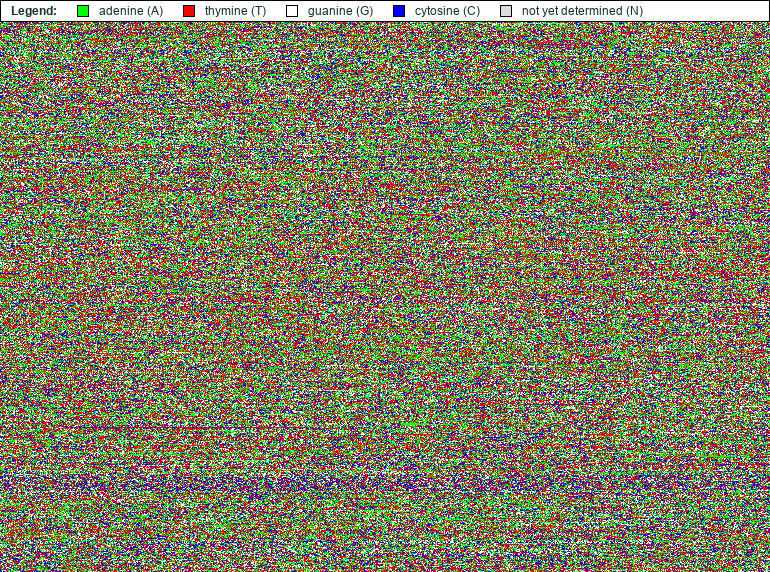The X chromosome represents approximately 5% of the total DNA in cells.
- Human females have two copies of this chromosome whereas human males have one copy of chromosome X and one copy of chromosome Y. To compensate the higher gene dose of the two X chromosomes, early in embryonic development in females, the most genes of one copy of the X chromosomes are inactivated in somatic cells (cells other than egg and sperm cells).
- About 10% of all hereditary diseases are documented for the X chromosome. Additionally a lot of genes of chromosome X are only expressed in the brain. A mutation in one of these genes often causes mental defects.
Summary:
- sex chromosome
- about 155,000,000 base pairs
- about 1,336 genes
Gene examples of chromosome X:
The genes OPN1LW and OPN1MW encodes long-wavelength- and middle-wavelength-sensitive photopigments in the cones (specialized cells for the detection of light and color) of the retina (a light-sensitive tissue that lines the back of the eye). Mutations in these genes cause color vision deficiency.
The F8 gene carries instructions for the coagulation factor VIII, which is required for normal blood clotting. Defects in this gene results in hemophilia A (blood clots can’t form properly in response to injury, leading to excessive bleeding).
The chromosome X image
The whole chromosome X image has a width of 3500 px and a height of 44296 px. It is too big to display here but you can download the chromosome X image. A 200 px wide overview of the chromosome can be seen on the right (bottom). Additionally, we show some details out of the original sized chromosome picture below.




